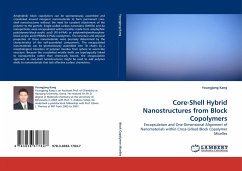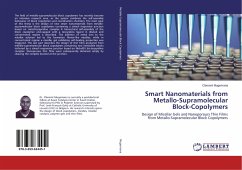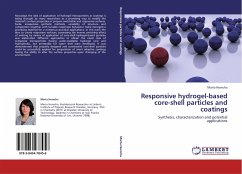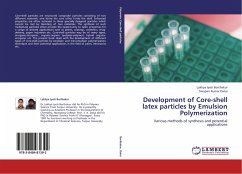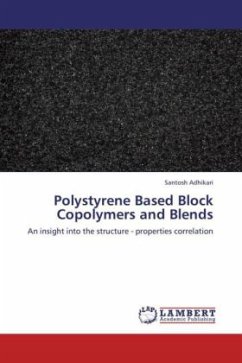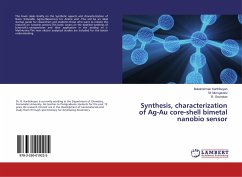Amphiphilic block copolymers can be spontaneously assembled and crosslinked around inorganic nanomaterials to form permanent core-shell nanostructures without the need for covalent attachment of the polymer to the particle. Single-walled carbon nanotubes (SWNTs) and Au nanoparticles were encapsulated within micelles made from amphiphilic poly(styrene-block-acrylic acid) (PS-b-PAA) or poly(methylmethacrylate-block-acrylic acid) (PMMA-b-PAA) copolymers. The structure and physical properties of these nanomaterials were precisely determined by the characteristics of the self-assembled components. The encapsulated nanomaterials can be spontaneously assembled into 1D chains by a morphological transition of polymer micelles from sphere to worm-like structure. Because the crosslinked micelle shells are topologically linked to nanoparticles rather than chemically bound, the encapsulation approach to core-shell nanostructures might be used to add polymer shells to nanomaterials that lack effective surface chemistries.
Bitte wählen Sie Ihr Anliegen aus.
Rechnungen
Retourenschein anfordern
Bestellstatus
Storno

